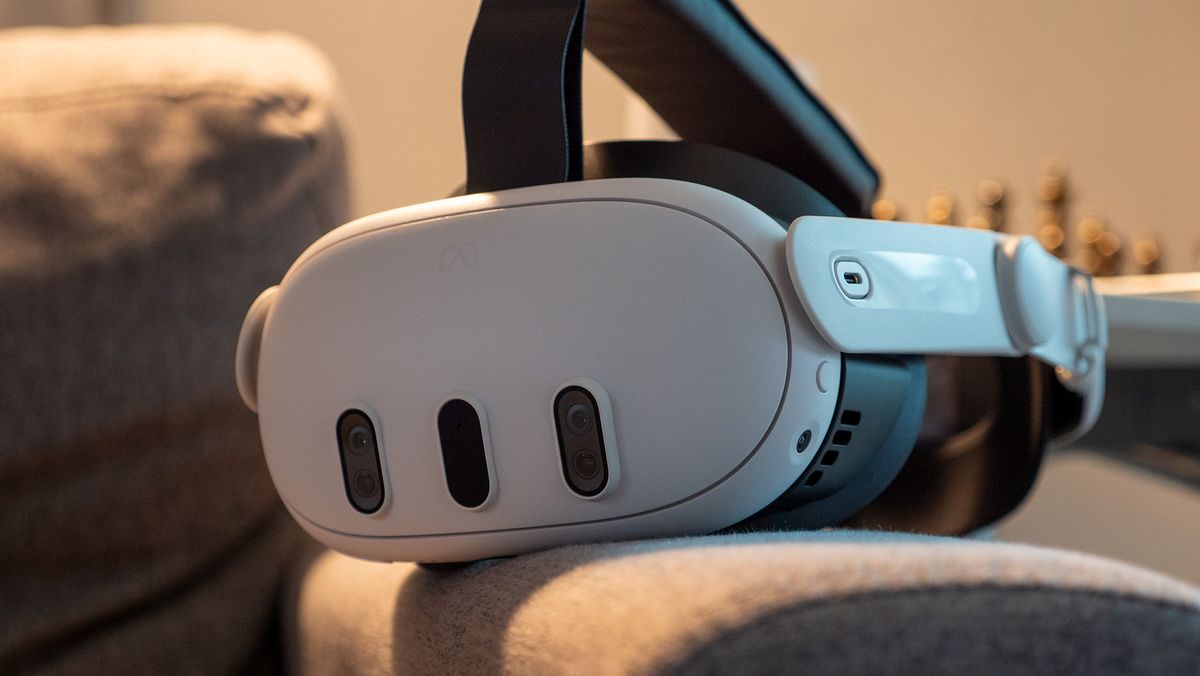Unveiling the Real Cost of Crafting the Meta Quest 3 – You Won’t Believe the Numbers!

Meta Quest 3 Costs $430 to Make, Sells for $499: What You Need to Know
A recent report from the China-based supply analyst firm Wellsenn XR has estimated that it costs Meta approximately $430 to manufacture the Meta Quest 3 virtual reality headset. This cost includes the manufacturing of the components and shipping the headset, but does not take into account the research and development (R&D) costs or long-term support costs.
The Meta Quest 3 currently retails for $499, which suggests that Meta may be taking a net loss on each sale. This has raised questions about the price of the headset, especially considering that the previous model, the Meta Quest 2, was launched for $299 just three years ago.
However, the Meta Quest 3 offers significant improvements over its predecessor, being 100% faster and more full-featured. This could justify the price increase, but it’s important to note that the estimated manufacturing cost does not include R&D expenses or ongoing software support. Meta provides regular software updates for its headsets, which require significant resources in terms of research, development, and testing.
When breaking down the manufacturing costs, it is revealed that the Qualcomm Snapdragon XR2 Gen 2 chipset, along with the cooling unit required to keep it performing at optimal levels, accounts for the largest portion of the cost, at approximately $151 per headset. The new “4K+ infinite display” and other components like lenses, housing, cameras, sensors, controllers, battery, speakers, and mic contribute to the remaining manufacturing cost.
Yet, despite the estimated manufacturing cost, Meta likely takes a slight loss on every 128GB Meta Quest 3 sold, while it may make a profit on the 512GB model.
Comparatively, the report also highlights that Apple spends around $1,700 to manufacture the Apple Vision Pro, which sells for $3,500, leading to a markup of over 100%. This suggests that Apple is making a significant profit on its XR headset.
In conclusion, the estimated manufacturing costs shed light on the financial aspect of producing and selling virtual reality headsets. Despite the challenges, Meta continues to invest in the development and improvement of its products, ensuring that users can experience immersive virtual worlds. Additionally, this information allows consumers to understand the factors that contribute to the pricing of these advanced technologies.
